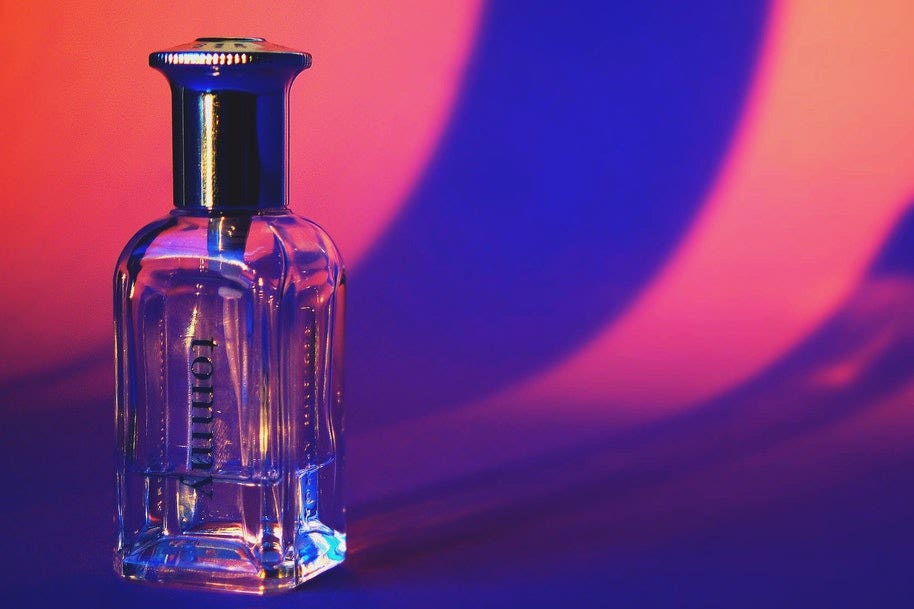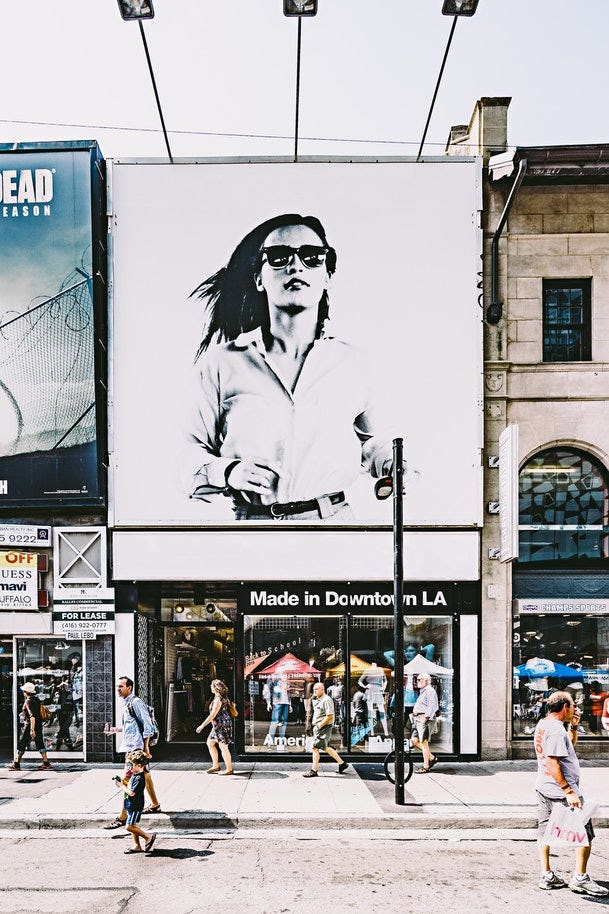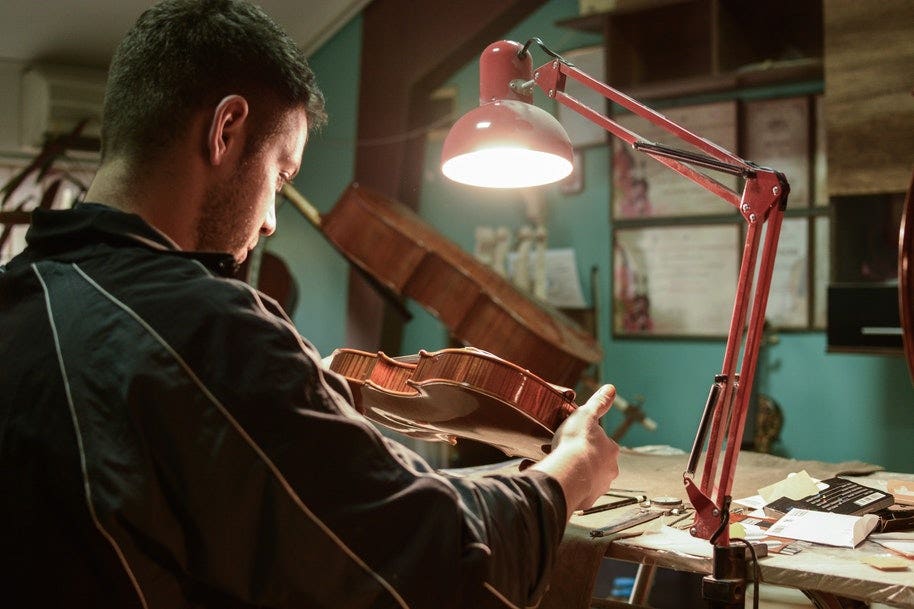
These days, it’s impossible to ignore the importance of photos for marketing your business. Just take a look at some of these statistics:
- Articles with related images get 94% more views than articles without them.
- 60% of consumers say they’re more likely to contact a business that has an image in the local search results.
- 67% of consumers say the quality of a product image is “very important” when buying a product.

So why do images rank so highly in people’s minds?
To start, they can often communicate a message faster than text can. An image can have an almost instantaneous impact, whereas it takes several seconds, if not longer, to digest text.
They also help give your brand much-needed credibility. High quality photos showcase how a product looks and works while a crisp professional portrait helps audiences connect to the people behind the brand.
Finally, images can help dramatically when it comes time to sell. Accurate product photography compensates for the absence of tactile shopping in an online shop. Customers can get a feel for the product and how it’s used, which can ultimately ease any concerns and help make a sale.
So how do you make your marketing photos look professional?

Establish a brand identity
Just as brands have a voice and logo, so too should they have recognisable photos. Combined, these elements make up the brand identity.
Your brand identity might be tongue-in-cheek, corporate, or refined. Whatever the personality is, it should be reflected in your marketing and advertising photos.
A style guide can help set the mood or tone of your images and ensures your images are consistent across your website, social media channels, and advertising. A style guide might lay out the ideal brand lighting, important pops of colour or colour schemes required in each photo, the mood of the photo, the emotions to elicit, and more.
Make sure the marketing photos tell a relevant story
Photos need to capture people’s attention and then make them feel something. The best way to do this is to make sure your photo reflects your brand story and fits into the narrative you want people to associate with your brand values.

For example, an outdoors clothing company might want to include epic images of daredevils scaling a mountain top to reflect their values of freedom and adventure.
Keep backgrounds simple
This is particularly important if you are shooting product photography. You want your products to stand out, which won’t happen if you have a cluttered background.
Use a background with a neutral or softer colour, with just a few carefully selected props to complement the product.
Show a human face
People respond to people. In fact, a study by the Georgia Institute of Technology and Yahoo Labs found that pictures with human faces are 38% more likely to receive likes and 32% more likely to receive comments than those without.

Whether the photography is for a business that sells products or services, adding a human element to your photos can attract attention and elicit emotion. In essence, showing people in your marketing photos humanises your brand.
Product photography could include images of a person using the products. In fashion, it helps someone see how a dress sits on the body. In beauty, it might help convince someone to buy that new makeup item.
In a service-based business, it helps people see the faces behind the brand and know who they will be working with.
Take candid marketing photos
While we’re on the subject of photographing faces, it’s important to note you don’t need to opt for corporate headshots in your marketing photos. And stock portrait photos are best avoided.

Candid shots make your brand appear more natural and authentic, providing a good way to showcase how your products and services can work in a natural setting. It also shows followers there are real people behind the brand.
Create a professional setup
As we’ve said, it’s important to keep backgrounds simple in marketing photography. But that’s not all you need.
Photos for marketing and advertising need to be high quality, particularly if they’re to be used in full-page magazine spreads or on billboards.
And that requires a completely professional marketing photography setup. You need a high-quality professional camera and matching professional-grade lens.
Your camera will need to be able to shoot in RAW mode so you can do any important editing in post-production. JPEG files are compressed, losing important information in the process, while RAW files ensure greater quality and better flexibility when editing.
Your camera will also need to have a good burst mode so it can capture dozens of shots in a row—especially helpful when shooting brand portraits.
Another essential is a quality tripod to keep your camera still, avoid camera shake, and ensure you capture crisp shots every time.
Ready to create professional marketing photos?
Find out how to create an efficient product photography setup that will help you produce stunning new images for advertising and social media!
